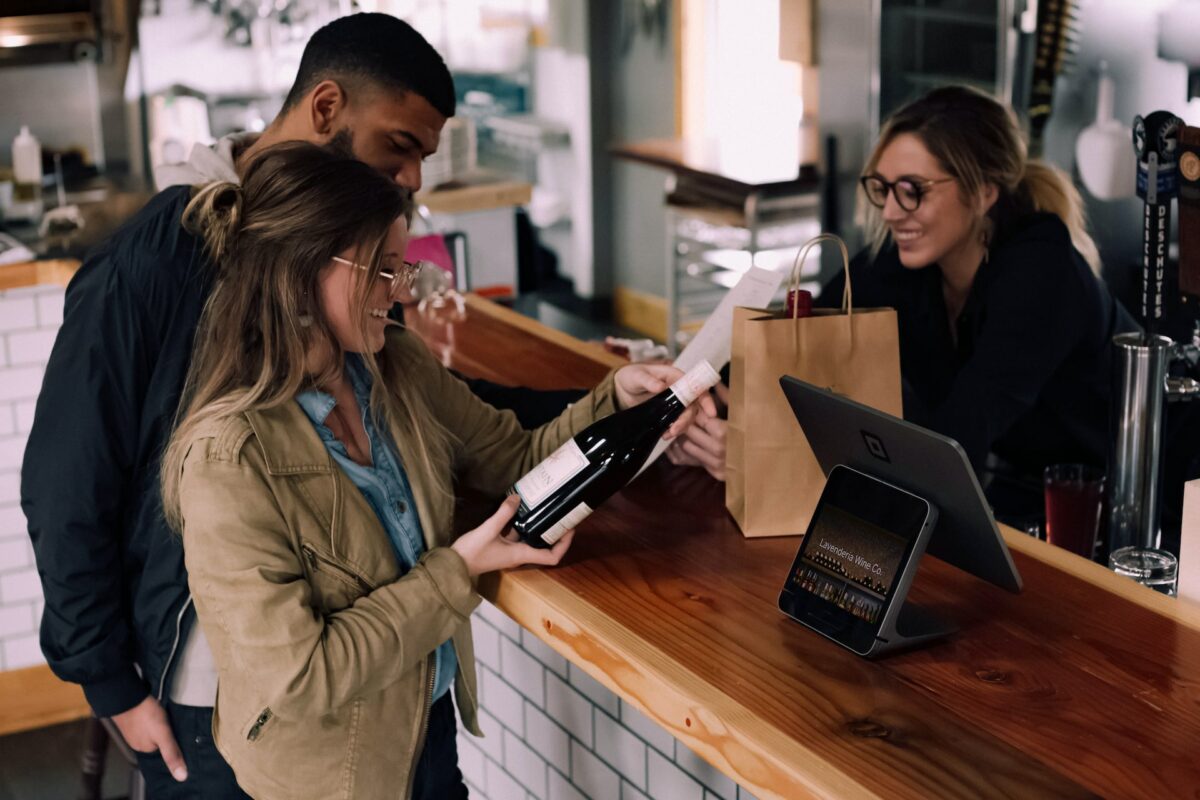Here is some brand common sense. In order to be purchased, a brand must first be considered. The original advertisements for the New York State Lottery: “You can’t win it if you’re not in it.” Well, the same goes for consideration and purchase. Common sense.
Yet, a major consulting firm McKinsey & Co. has collected data to demonstrate the importance of the consideration set. The data show nearly straight-line correlations between a brand being in a customer’s consideration set and market share, across several categories. McKinsey & Co. states that the consideration data explains 60% to 80% of the variation in sales growth from one purchase to the next. Surprise. A customer is not likely to purchase a brand they would not consider. Common sense.
According to McKinsey & Co., brands must shift focus from spending most resources on closing the sale and increasing loyalty to generating and “encouraging” initial consideration. McKinsey & Co. iterates that money spent on loyalty programs may be misplaced as “active engagement in loyalty programs” is slipping. It is McKinsey & Co.’s opinion that the slippage in loyalty program involvement is a result of changes in the way customers shop.
Here is another common sense idea. There is a simple law of marketing life. 100% of a brand’s current customers will die. Every brand needs to attract new customers to stay strong. Every brand needs to keep its customer base loyal. For enduring profitable growth, attract new customers, increase consideration, convince them to purchase, increase repeat purchases, increase loyalty.
Consideration is critical. Common sense. But it is only part of the picture when it comes to purchase and repurchases over time. Loyalty is the lifeblood of a brand. Failing to reinforce brand loyalty is like trying to fill a leaky bucket.
In order to build strong brands, you must move customers up the Brand Preference Ladder. It is all about increasing commitment to a brand.
Awareness: Awareness is a “yes or no” issue. A prospect is either aware of the brand or not aware of the brand. It is like a light switch: on or off. There is no in between position.
Familiarity: Among those who are aware of the brand, how familiar are they with the brand? Familiarity means a person feels they are sufficiently aware of the brand to express an opinion. Familiarity is a feeling. The familiarity scale goes from unfamiliar, somewhat familiar, very familiar, to extremely familiar.
Willing to consider: Among those who are familiar with the brand, are they willing to consider the brand? Price and convenience are often differentiators.
Short-list: A customer’s short-list of brands is the primary, personal competitive set within which the customer is most likely to make a final purchase decision. Consumer behavior research suggests that the typical size of this competitive set is three brands. Being on the short-list of considered brands prior to the purchase is a big competitive advantage.
Preference: Within the person’s short list, is the brand the first choice? How do they rank the brands in their short list? It should be every brand’s goal to be the preferred, first-choice brand.
Enthusiasm: Brands in this category are brands that the customer not only prefers but also is willing to buy even when their second choice brand costs 10% less. Among those people who say the brand is their #1 choice, would they still choose that brand if their #2 brand were priced at 10% less? These customers who say “YES, I will still choose this brand even if it is more expensive than my second choice are brand enthusiasts. A brand’s ultimate goal is to increase brand enthusiasm.
Growing brand consideration, preference and commitment is a profitable progression up the Brand Preference Ladder. Consideration is critical. It is the opening gate to purchase. Customers are not likely to purchase brands they will not consider. Demonstrating a high correlation between consideration and market share is simply a demonstration that common sense makes sense. Implying that building brand loyalty is not also important makes no sense.
Contributed to Branding Strategy Insider by: Larry Light, Author of The Paradox Planet: Creating Brand Experiences For The Age Of I
The Blake Project Can Help Your Brand Gain And Maintain An Advantage: Contact Us
Branding Strategy Insider is a service of The Blake Project: A strategic brand consultancy specializing in Brand Research, Brand Strategy, Brand Growth and Brand Education




